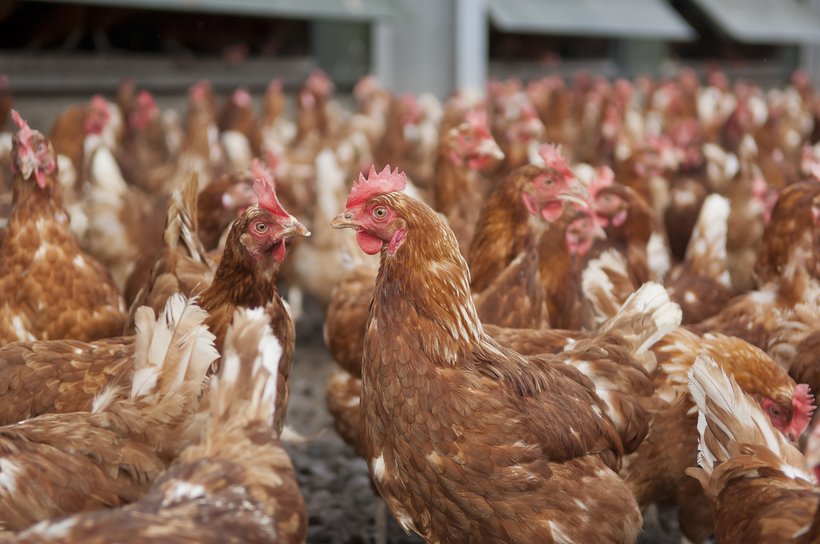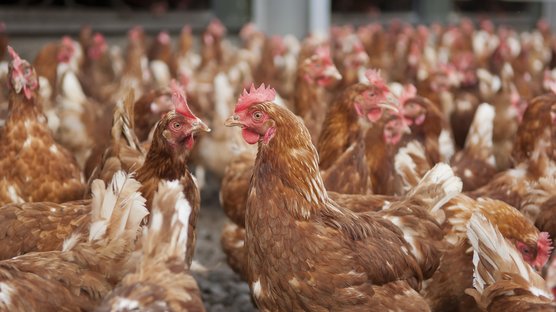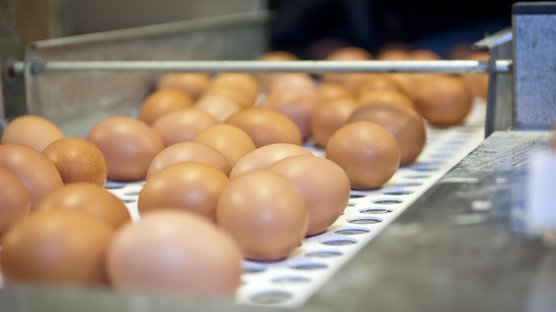
Published on Oct. 18, 2017
Smothering
This behaviour can be very frustrating to manage especially as it is nearly always healthy birds that smother and if the stockperson is not in the unit at the exact time they start to smother birds will die very quickly.
There are two types of smothering:
- Fright: This is when birds are scared by sudden noise etc. and birds will pile up in the corners of sheds, mortality can be severe but is normally a one off.
- Creeping Together: This is when birds pile up in the middle of sheds for no apparent reason with normally lower mortality but can be an on-going problem.
This technical paper is to help control the second type of smothering. This behaviour can be very frustrating to manage especially as it is nearly always healthy birds that smother and if the stockperson is not in the unit at the exact time they start to smother birds will die very quickly.
Some Characteristics:
- There is no known reason why the birds creep together
- It occurs in different places in the house, independent of the house type
- Can happen outdoors
- Unpredictable
- It is most common between the age of 10–13 weeks and 20-28 weeks (peak-period)
- All brown types
- Seems to be a stress-situation (restriction-peak production)
This behaviour can be habitual. E.g.: If birds smother due to light ingress the source can be removed but birds can carry on smothering, even to the point of smothering at the same time every day. The most likely time for smothering to occur is in the afternoon after egg laying.
Possible Reasons:
Fear:
- In the wild, hens are “shadow animals” – they like shade.
- Therefore light intensity might play a role.
- Hens naturally look for protection from beasts above.
- They come close together looking for safety.
- In aviary systems less problems as there is more protection from above.
Stress: In stress situations they feel unhappy and creep together. These include:
- Periods of restriction or too low feed intake.
- Peak-production.
- Feed composition: Changes in raw materials and palatability may trigger stress, diet composition may not satisfy – the inclusion crude fibre may help.
- Feed times – at inappropriate times. i.e. during laying period.
- Temperature extremes or draughts.
Possible Solutions:
- If birds smother in the same area place a pallet on the area to break up the floor and so the birds at the bottom of a smother can still breathe.
- Consider changing the time clocks e.g.: For one day put the birds to bed an hour early, this will break the birds routine and break the habit.
- In the afternoon run the feeders more often to keep birds occupied. Time feeds so they start to bare the tracks in the middle of the day. In this way, when you give extra feeds in the afternoon the birds are hungry. This is a good general management tool on all flocks – it helps keep the ration in the feeders fresh, develops appetite and ensures the ration is consumed at the right end of the day for egg production. Take care not to stress the birds with restriction though.
- Give a scratch feed in the afternoon (e.g.: oats) – this will keep the birds occupied. Be aware that once you commence this technique you must continue every day.
- If birds congregate between pop holes shut a pop hole to reduce draughts and hang plastic bags above the area they tend to smother.
- When floor walking, change the route you walk, go through as quickly as possible especially in the afternoon but increase the amount of inspections at the times when birds smother.
- Electrify the walls and corners with low voltage netting or wires.
- Experience tells us that some smothers of this time can come from a desire to perch and that the provision of additional A-frame or other types of perching can eliminate the problem.
First success: breeding out "fishy taint" from eggs
Some brown egg layers have a faulty gene that means they are unable to digest rape meal without leaving a fishy taint to the eggs they lay. Hendrix Genetics successfully patented the genomic screening process for identifying the carriers of this gene and hence were the first company to successfully remove it from their lines. This means clients of the ISA breeds have been able to use rape meal for the last 3 years, saving feed costs without risk of consumer complaint.


